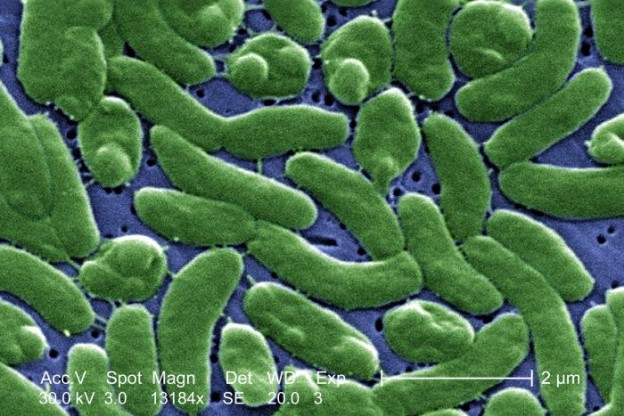Florida Vibrio vulnificus update: 43 cases and 9 deaths through October
The number of fatalities related to infection with Vibrio vulnificus in the state of Florida has increased by two with cases reported in Lee and Citrus counties. This brings the number of fatalities through Oct. 27 to nine.

Image/CDC
Deaths have been reported from the following counties: Brevard, Citrus, Collier, Lee (2), Monroe, Orange, Santa Rosa and St Johns.
To date, the Sunshine State has recorded 43 Vibriosis cases (V. vulnificus).
Last year, Florida reported 46 cases, including 10 deaths.
The Centers for Disease Control and Prevention (CDC) says Vibrio vulnificus is a bacterium in the same family as those that cause cholera and Vibrio parahaemolyticus. It normally lives in warm seawater and is part of a group of vibrios that arecalled “halophilic” because they require salt.
Related: Florida reports 1st locally acquired Zika case of year in Manatee County
V. vulnificus can cause disease in those who eat contaminated seafood or have an open wound that is exposed to seawater. Among healthy people, ingestion of V. vulnificus can cause vomiting, diarrhea, and abdominal pain. In immunocompromised persons, particularly those with chronic liver disease,V. vulnificus can infect the bloodstream, causing a severe and life-threatening illness characterized by fever and chills, decreased blood pressure (septic shock), and blistering skin lesions. V. vulnificus bloodstream infections are fatal about 50% of the time.
V. vulnificus can cause an infection of the skin when open wounds are exposed to warm seawater; these infections may lead to skin breakdown and ulceration. Persons who are immunocompromised are at higher risk for invasion of the organism into the bloodstream and potentially fatal complications.














